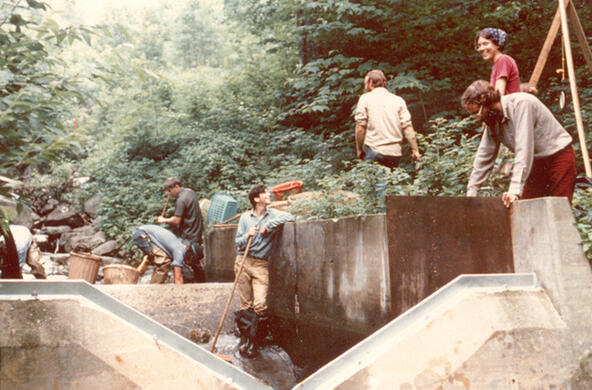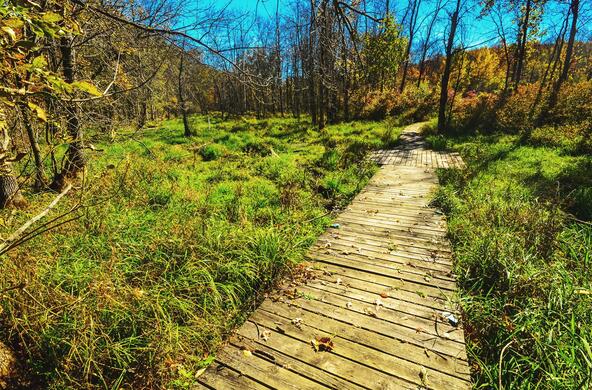Thanks to the efforts of committed environmental groups, government organizations and individuals, the Hudson Valley is poised to position itself as a model for melding environmental and economic interests.
This summer, while many of us were enjoying the great outdoors, two high-level planning efforts were completed with little fanfare. Their goal: to envision the best future for the Hudson River Valley. I was fortunate to be a part of both efforts; their implementation would bode well for our region's health, ecologically and economically.
In June, six task-force committees delivered their final reports to the Hudson Valley Quadricentennial Commission. One report outlined how the valley's cultural and educational resources could be harnessed to support a vibrant future economy.
Committee members built a vision that would make the mid-Hudson region the "Silicon Valley of the East," with educational institutions, historical landmarks, parks, and green industries as its anchors. Destination travel to enjoy heritage sites, pastoral landscapes and food may provide an important economic basis for our region.
And food is important. Various subcommittees submitted visions for the best land-use planning in the Hudson River Valley, which might capitalize on our ability to supply local, community-supported agricultural products to a growing market demand for them. Preserving farmlands for food products in a vibrant economy emerged as a major tenet for preserving the Hudson River landscape as we know it.
Serendipitously, the Quadricentennial reports were compiled just in time for a visit by high-level officials from the U.S. Departments of Agriculture and Interior and the U.S. Environmental Protection Agency, who came to Dutchess County as part of President Barack Obama's "Listening Tour" of America. Beginning at a White House conference in April, the "America's Great Outdoors Initiative" has taken government officials to 25 sites to identify grassroots solutions to conserving land and waters and reconnecting Americans to the outdoors. The timing was perfect — as if the Quadricentennial Commission had been planning its report in anticipation of the Listening Tour.
The August meeting of the listening tour at the Wallace Center in Hyde Park highlighted important youth interest and youth initiatives organized by the environmental group, Clearwater (Hudson River Sloop Clearwater). Other environmental organizations, including Scenic Hudson, Riverkeeper and the Cary Institute, also provided input.
Sasha Spector of Scenic Hudson spoke of the need to preserve what remains of the biological diversity of the Hudson River. And I was able to stress the importance of watershed-scale land planning efforts — to recognize that the quality of Hudson River waters begins in the small streams that drain fields and forests throughout the valley.
Timing is crucial. Without proper land-use plans that take the needs of people and nature into account, we stand to lose much of what makes the Hudson River Valley so special. Unbridled development and suburban sprawl will maximize the loss of rural landscape and its regional heritage, while making it increasingly difficult to develop efficient public transportation systems that minimize the loss of land to pavement.
All the planning in the world will be of no use unless the citizens of the mid-Hudson region expect and empower their elected officials to implement plans that move us in the right direction — toward sustainable communities that provide good jobs, health care, clean air and water and preservation of the cultural and environmental heritage that make the Hudson River Valley so attractive to its citizens.







